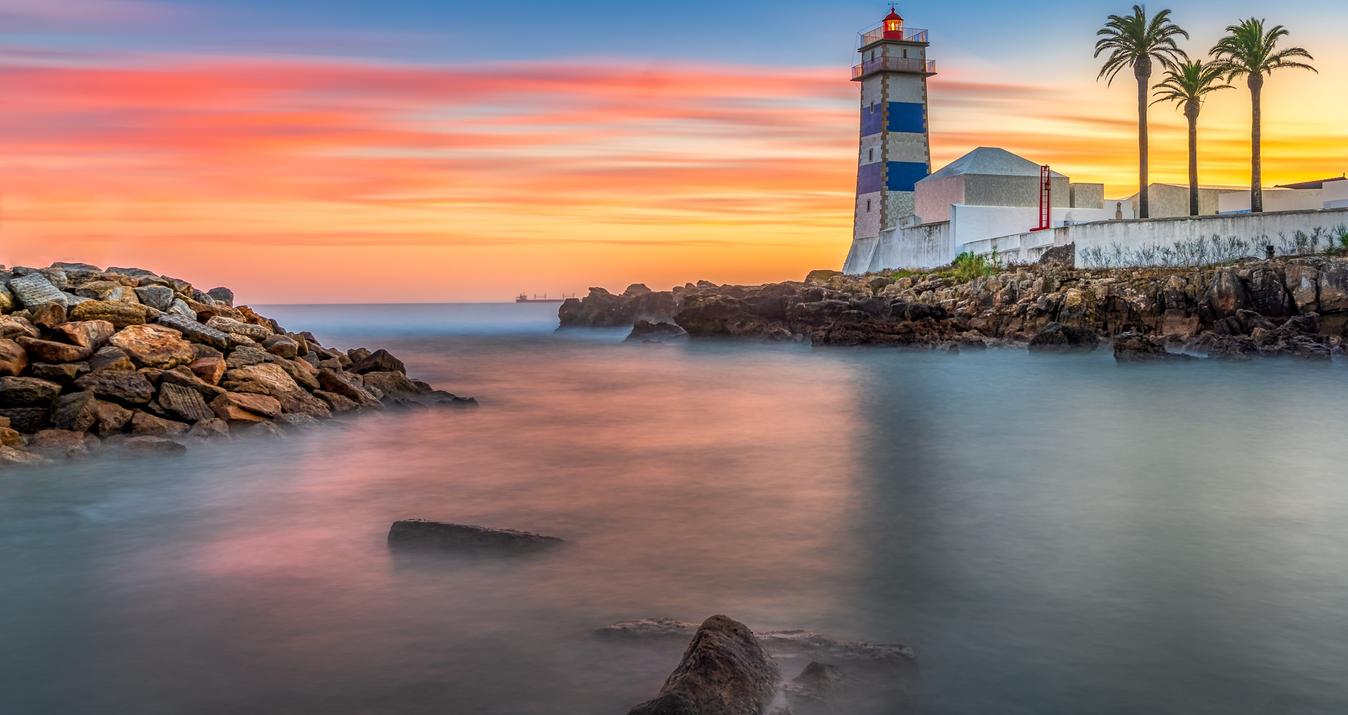10 Best cameras for portraits in 2025
Last Updated on January 10, 2025
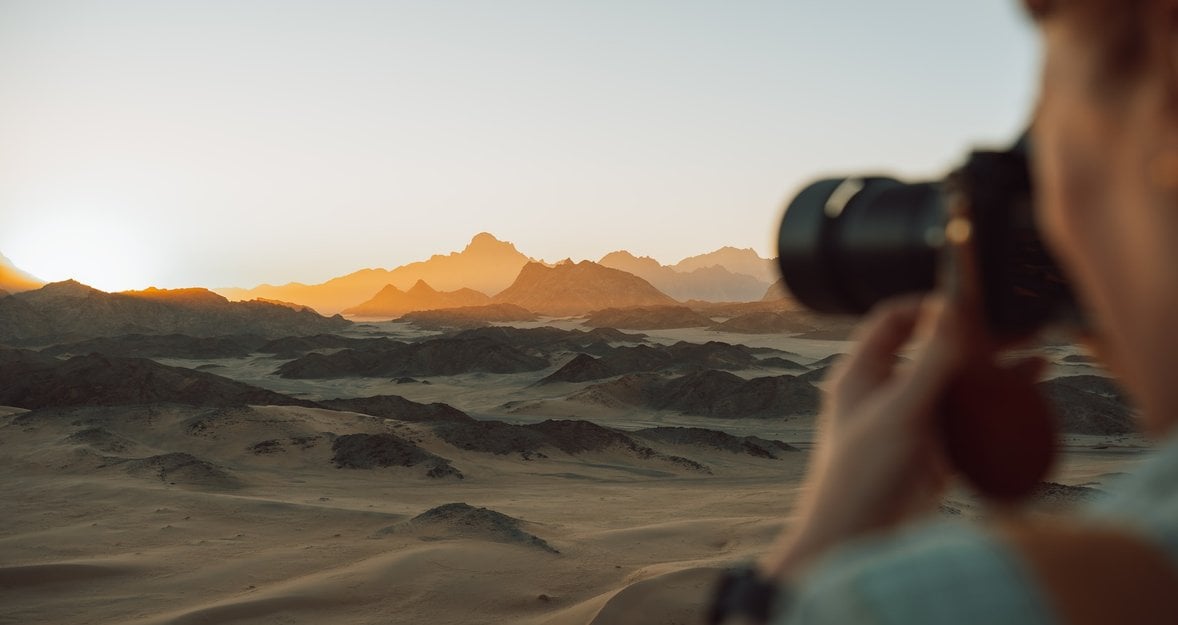
When you select the best cameras for portraits there are important models for all tastes and budgets.
Today's manufacturers boast high-resolution cameras, instant autofocus, and a wide range of lenses. In today's tutorial, we will show you how to choose the best cameras for portrait photography based on the preferences, skills, and budget of the future user.
Best cameras for portrait photography in 2025
Well, now let's talk about the main topic of our article. Let's begin!
Canon EOS R5

- The all-round camera for professionals;
- Price: from $3,899
A great choice for professional photographers because of its 45-megapixel resolution, powerful and simple autofocus system with precise eye tracking, and good color reproduction. The only thing is that you have to put up with a short operating time compared to peers, so this camera is not suitable for long shoots. In addition, the price of the device is also quite high.
Sony A6600
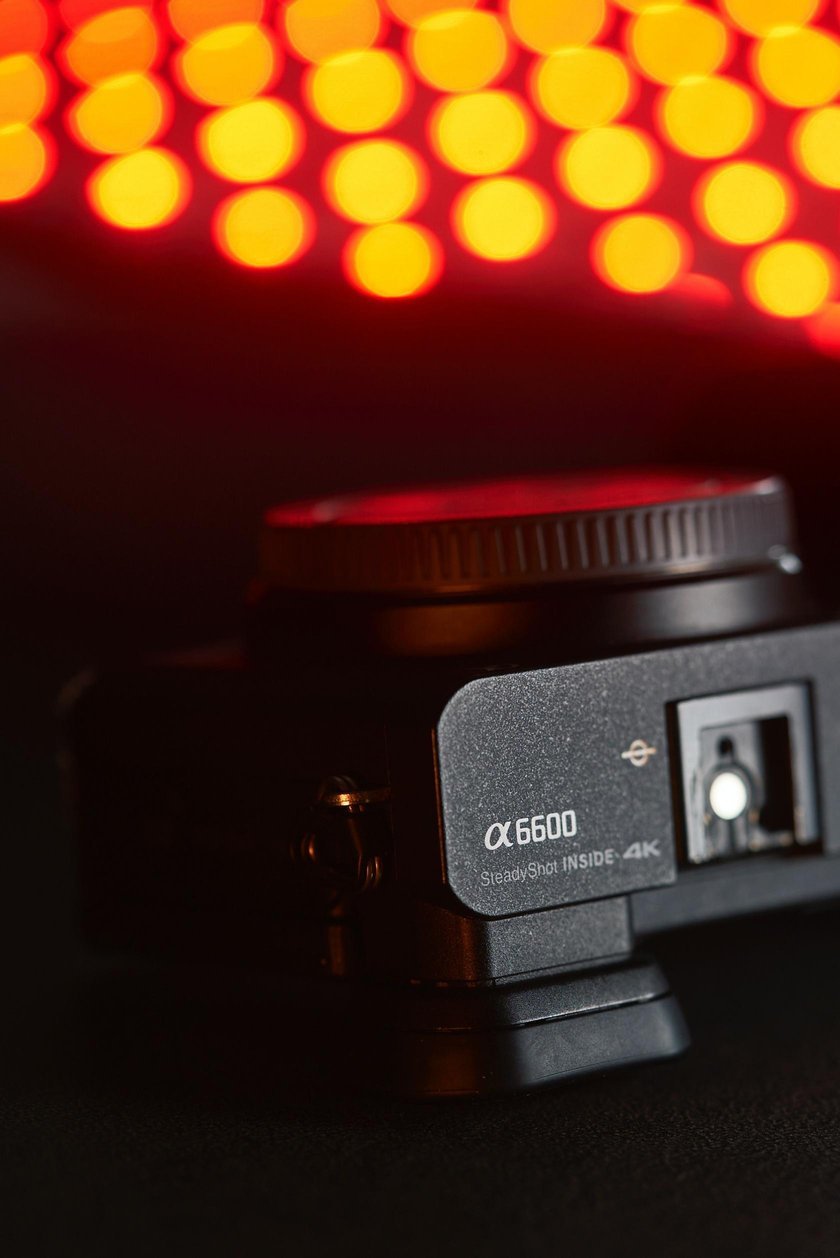
- The best portrait photography camera for beginners;
- Price: from $1,398.
A camera in a compact body with an excellent autofocus system. It also has great picture quality and industry-leading battery life. You can buy good lenses for this device: for example, Sigma 56 mm F1.4 and Sony 85 mm F1.8. But the camera loses in terms of ergonomics and interface speed.
Canon EOS M6 II
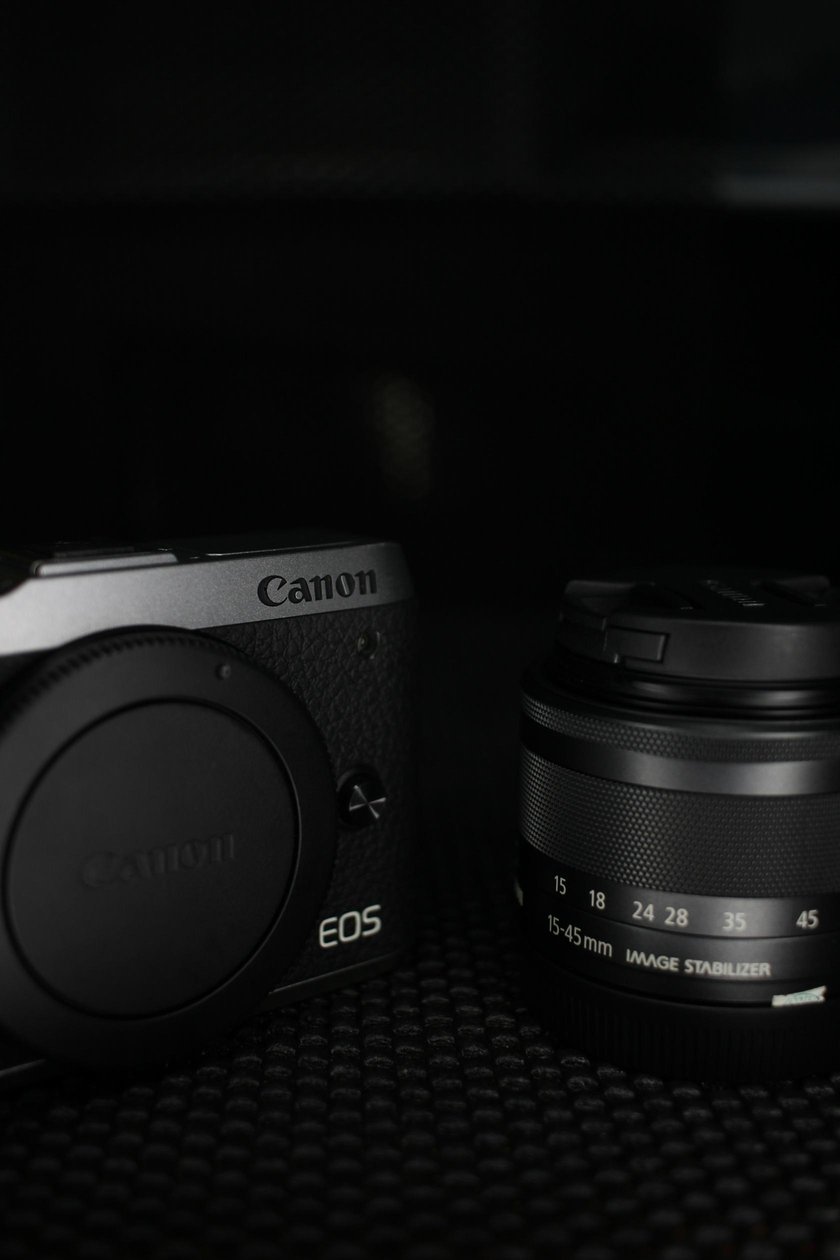
- One of the best cameras for portrait photography for professionals;
- Price: from $849.
A mirrorless camera with a 32 MP APS-C sensor and a Canon EF-M mount. Thanks to Dual Pixel AF technology, the autofocus system is fast and captures everything precisely. This good camera for portraits also has an electronic viewfinder and supports 4K video recording, as well as Raw continuous shooting at 30 fps. The interface here is also very clever and user-friendly. However, it must be said that in this price category there are analogs with more impressive autonomy, autofocus, or video quality.
Fujifilm GFX 50S
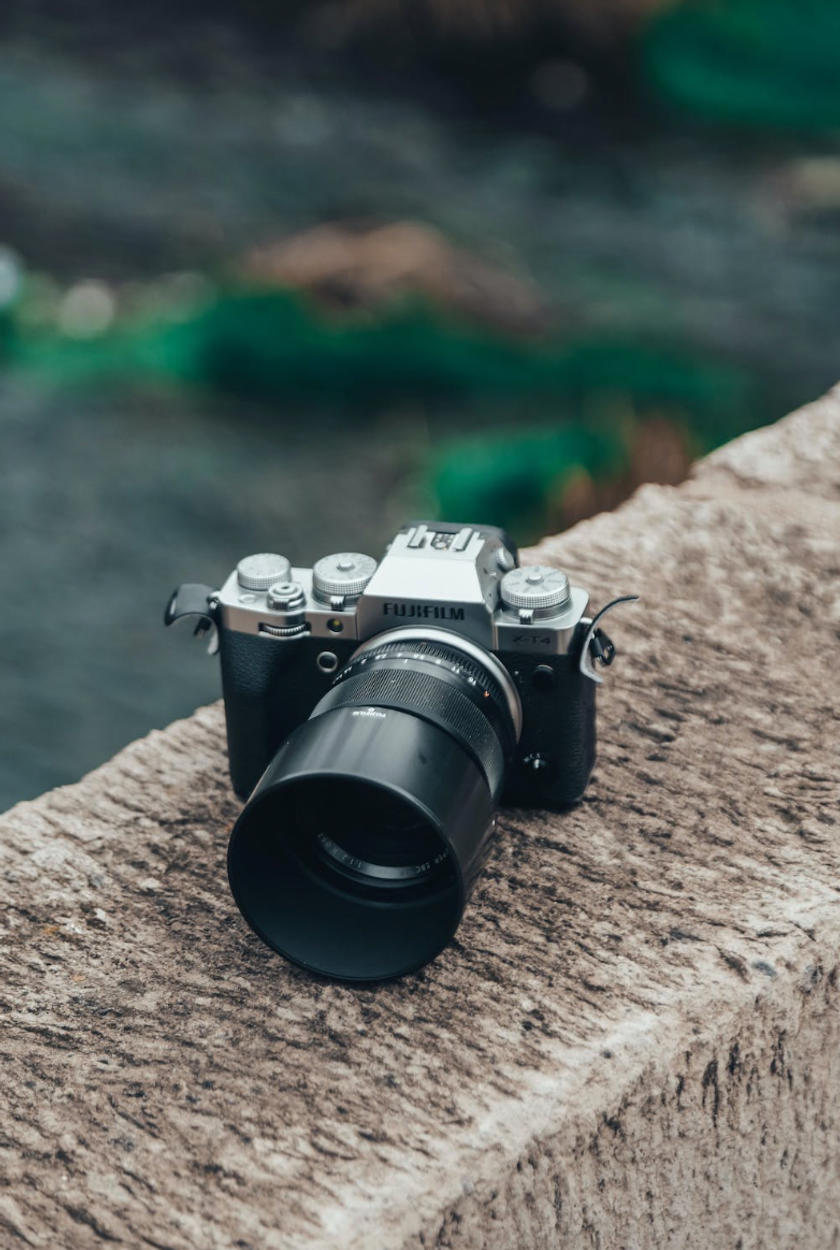
- The best mirrorless camera for portraits for amateurs;
- Price: from $5,499.
A 50-megapixel mirrorless camera. Here you get great resolution, a clear interface, and accurate autofocus. At the same time, despite the speed, low weight and good functionality for a mid-range device, the image quality of this camera is not much better than similar devices.
Nikon D850
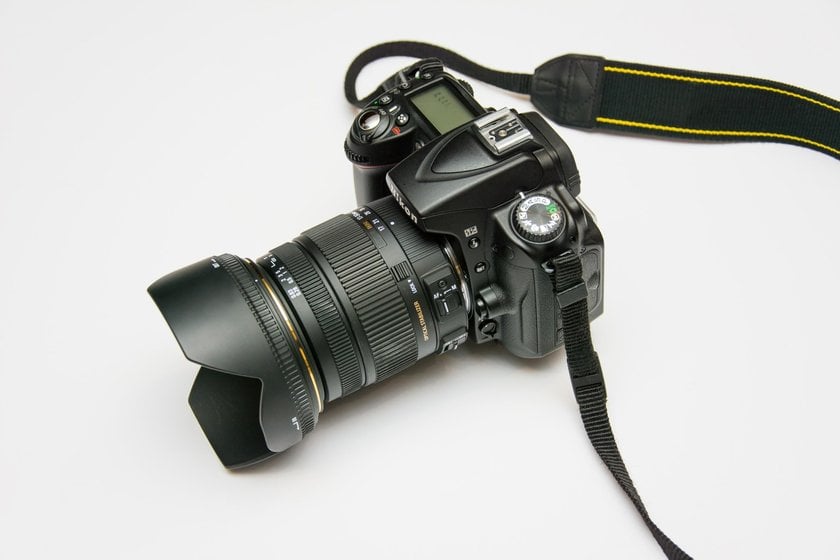
- One of the best portrait cameras for amateurs, the best entry-level;
- Price: from $2,996.95.
A professional full-frame camera. Equipped with the latest 45.7 MP sensor with back-illumination technology. At the expense of this achieves excellent photo quality. Has a model and a wide dynamic range. However, because of the large size, it will not suit everyone.
Nikon Z7 II
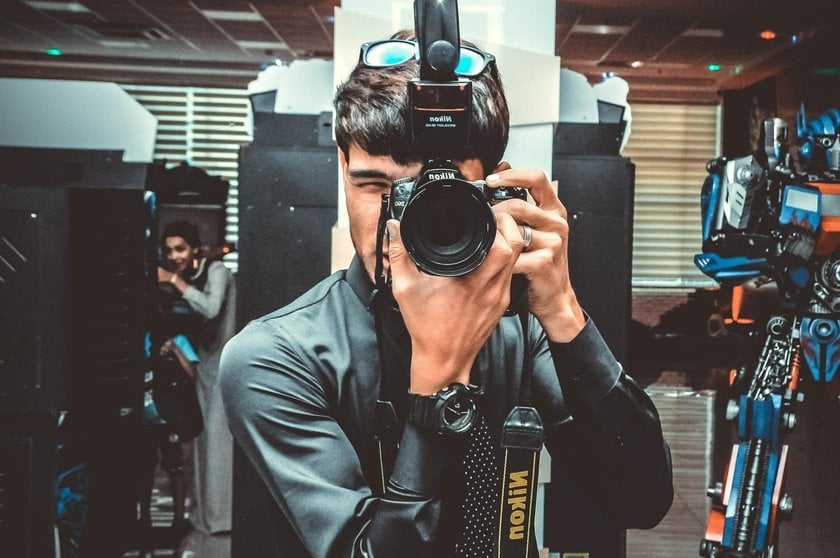
- The best camera for portrait photography with good image quality;
- Price: from $2,996.95
A full-frame mirrorless camera with body image stabilization and a 45.7 MP sensor. Features excellent ergonomics. Can shoot video in 4K at 60 f / s (with a slight frame cropping), as well as doing a series of frames at up to 10 f / s. It should be noted that this is a very powerful camera, allowing it to take excellent pictures, although in terms of user-friendly interface and autofocus it is inferior to the best devices in this price range.
Panasonic Lumix DC-S1R
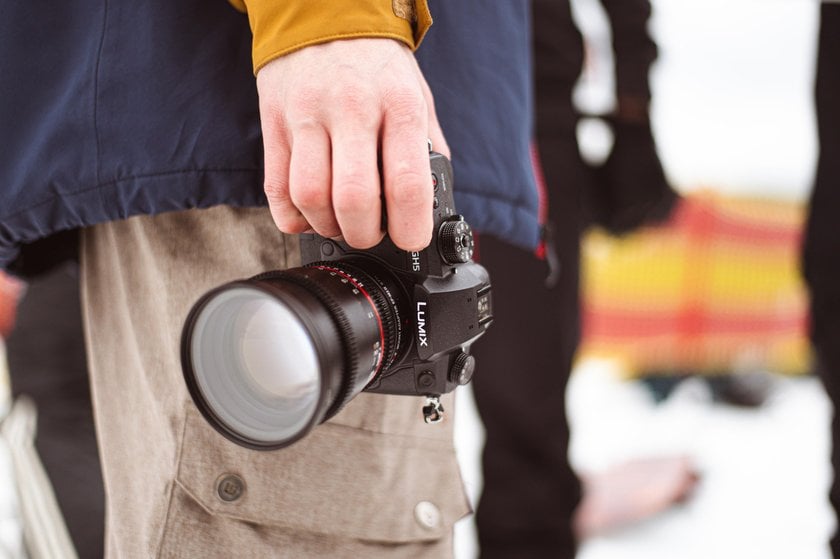
- A great choice for portraits, used by many portrait photographers;
- Price: from $3,697.99.
A premium mirrorless camera with a stabilized 47 MP full-frame sensor. In terms of design, it is identical to the Panasonic S1. The model is also equipped with a high-resolution mode of 187 MP for shooting with a tripod and many other features. In terms of photo quality, it is also one of the best solutions. But the camera has problems with the autofocus system, and this is its only weak point.
Sony a7 III
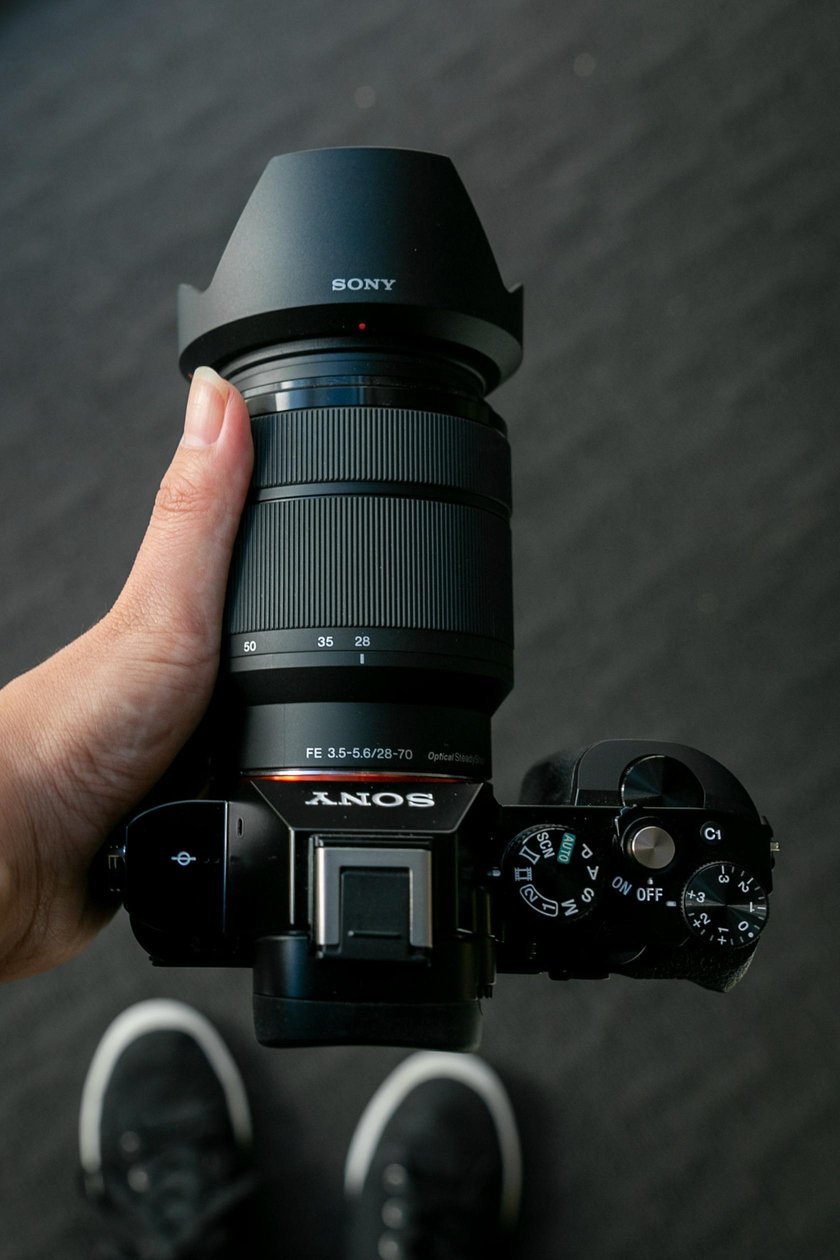
- Good choice if you looking for the best camera for portrait photography in 2022 for beginners;
- Price: from $1,998.
A full-frame camera with one of the smallest bodies available. In addition, it is not an expensive camera for a full-frame model. Lots of features, excellent photo and video quality, an impressively fast autofocus system, and great resolution are the undoubted advantages of the Sony a7 III. This hybrid camera is practically universal for all types of portraits.
Sony a7R IV
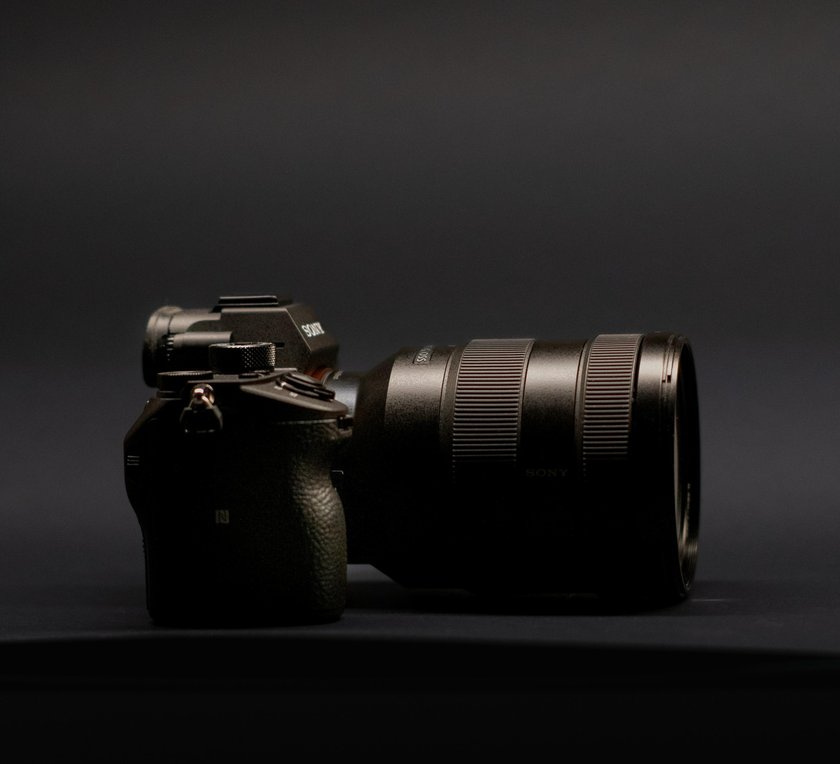
- The best professional camera for portraits, a good choice for all kinds of photography;
- Price: from $3,498.
61-megapixel full-frame camera, providing the ability to record video in 4K 30 fps and perform high-speed burst shooting. Has a model and a powerful autofocus system, improved ergonomics, body image stabilization function, and a fairly robust design.
Nikon D780
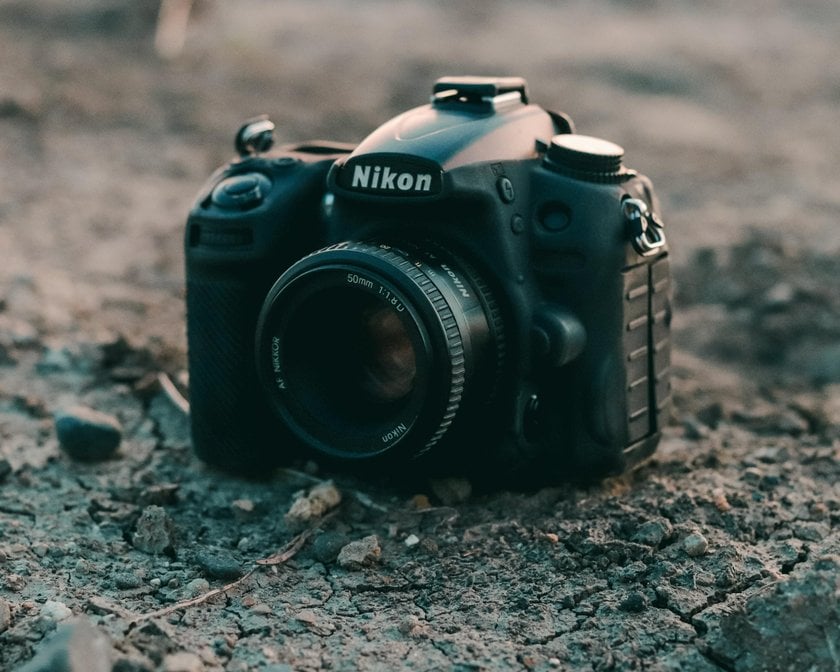
- Best DSLR for portraits for professionals;
- Price: from $1703.
The Nikon D780 is a kind of hybrid: it looks like we're shooting through an optical viewfinder, but we're working with a versatile professional-level DSLR. And when we switch the camera to LiveView mode (shooting through the screen), it wakes up a powerful mirrorless camera! After all, the autofocus system is carried over from Nikon Z 6. This is the only Nikon DSLR available today that has effective autofocus on faces and eyes. The Nikon D780 will let you use the face and eye recognition features with the old "screwdriver" lenses (AF, AF-D, which are still used by connoisseurs of vintage pictures and those with a limited budget to buy equipment). But there is no image stabilization based on matrix shift in this camera, so it will be of interest to avid lovers of DSLR equipment with its ergonomics and viewfinders.
How to choose the best camera for portraits?
What camera should I choose for portrait photography? Of course, without a specialized lens, there's almost no difference. Still, there are more compact cameras (with the right optics). First, let's go over the basic features of cameras for shooting portraits.
Full frame or cropped? The size of the sensor plays an important role. A full-frame FX-format sensor gives better image quality and more voluminous, "airy" pictures. But that's not all. Keep in mind that at full frame all lenses work exactly the way they were designed. And on cropped cameras the angle of view of any lens narrows, and that imposes limitations. Specialized portrait lenses for cropped cameras are rare - their role is played by full-frame "half-patterns". That's not bad either, but it's still not quite ideal. So first of all pay attention to the full-frame technique.
When you are looking for a good portrait camera you will be faced with a question: mirror or mirrorless?
- These days, mirrorless cameras have made great advances, and many of their improvements have to do with portraiture. For example, Nikon's mirrorless Z cameras have an eye-focusing feature that all DSLRs except the Nikon D780 lack. Best portrait mirrorless cameras also allow you to focus across the entire field of the frame, not just a limited field near the center like DSLRs. And mirrorless cameras also have image stabilization based on sensor shift: the camera will compensate for a handshake and protect you from blurry shots. Considering the specificity of portrait optics, stabilization is very important for it.
- Another difference between DSLRs and mirrorless cameras is the viewfinder. SLR cameras have an optical device that shows a "live" picture through a system of mirrors. Many people like optical viewfinders for their brightness, lack of noise, and delays. An optical viewfinder can't show the picture the way it will be taken. But the electronic viewfinder on a mirrorless camera takes into account the current settings and shows you the brightness and colors you'll get in the result. All of this makes portrait photography a lot easier, so it's better to choose a mirrorless camera.
Basic camera settings for portrait photography
It's silly to claim that there is one correct way to take a good portrait, but there are some common norms and basic camera settings that you need to know and understand if you want to progress in portrait photography. In this article, we will break down the basic settings that you can use as a starting point for taking portraits.
ISO in professional camera for portraits
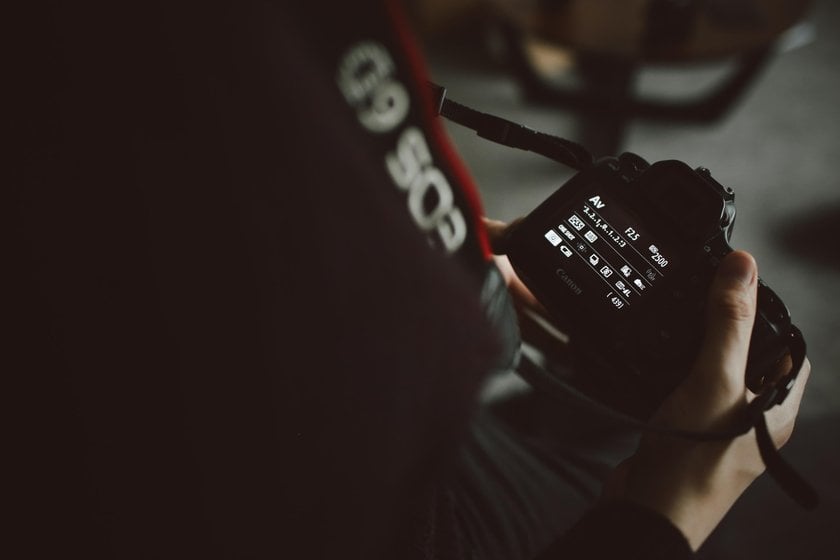 The concept of ISO has been inherited from the days of film photography, and on a digital camera, it reflects the light sensitivity setting of the sensor. A high ISO setting in a portrait camera produces brighter images in low light, but a side effect is the possible appearance of noise, or grain, as it is called. These are digital artifacts that become noticeable at high ISO settings, and they do not contribute to beautiful (from a conventional point of view) portraits. The best practice is to use as low an ISO setting as the light source allows. Depending on your lighting, camera for portraits body stability, and assuming your model isn't moving, try to keep the ISO below 400. For the most pleasing skin tones and overall image clarity, try ISO 100. Maintaining this level of light sensitivity will not be possible in all lighting situations, but if you are using strong constant, pulsed, or daylight, ISO 100 will be the best option.
The concept of ISO has been inherited from the days of film photography, and on a digital camera, it reflects the light sensitivity setting of the sensor. A high ISO setting in a portrait camera produces brighter images in low light, but a side effect is the possible appearance of noise, or grain, as it is called. These are digital artifacts that become noticeable at high ISO settings, and they do not contribute to beautiful (from a conventional point of view) portraits. The best practice is to use as low an ISO setting as the light source allows. Depending on your lighting, camera for portraits body stability, and assuming your model isn't moving, try to keep the ISO below 400. For the most pleasing skin tones and overall image clarity, try ISO 100. Maintaining this level of light sensitivity will not be possible in all lighting situations, but if you are using strong constant, pulsed, or daylight, ISO 100 will be the best option.
Shutter Speed in portrait photography camera
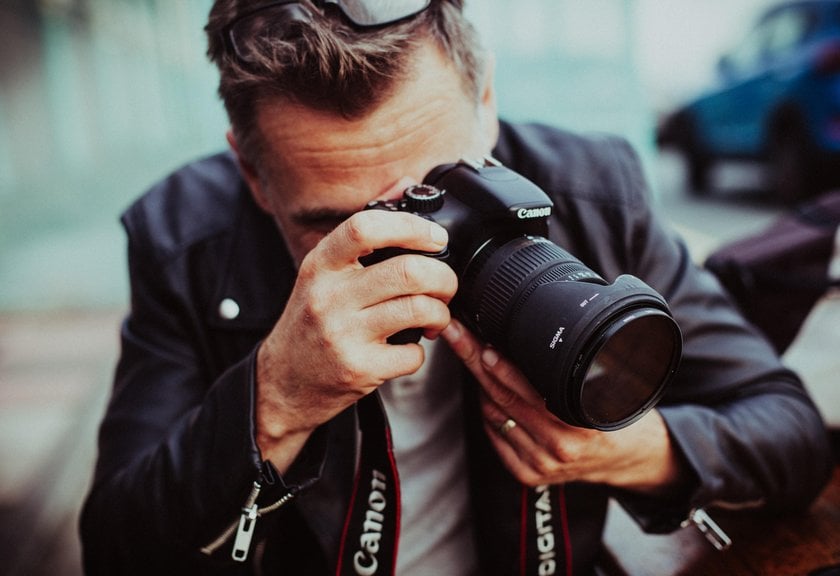 A shutter speed is the amount of time a digital camera film or sensor is exposed to light. Short shutter speeds are good for stopping ("freezing") motion, while slow shutter speeds allow for more light, but can result in motion blur. Even fleeting things like a model looking away or blinking can cause blur, which in turn can ruin a portrait. The same goes for camera movement at slow shutter speeds.
A shutter speed is the amount of time a digital camera film or sensor is exposed to light. Short shutter speeds are good for stopping ("freezing") motion, while slow shutter speeds allow for more light, but can result in motion blur. Even fleeting things like a model looking away or blinking can cause blur, which in turn can ruin a portrait. The same goes for camera movement at slow shutter speeds.
So what is the ideal shutter speed setting when shooting with good cameras for portraits? Again, this is very subjective and depends on the type of portrait you want to take.
However, since this material is designed for beginners, as a general rule of thumb try to use shutter speeds of no more than 1/60th of a second to avoid blurring.
- Many photographers use even longer shutter speeds in the right conditions, especially when using a tripod or other support.
- However, shutter speed is not the deciding factor when deciding on settings because there are other camera parameters, particularly aperture, that will determine how short a shutter speed can be.
Also remember that during a portrait session you can control the movement of your model to a certain extent, and you can also put the camera on a tripod or other stable support.
One last thing about shutter speed in professional cameras for portraits: your light source, whether it be the flash or natural light, will also determine how fast the shutter speed should be. You can be flexible with this setting and change it as you shoot.
There is a simple rule of thumb the longest shutter speed you can use when shooting handheld should match the focal length of the lens you are using. If you use an 85mm lens, for example, the longest shutter speed you can use to avoid blur would be about 1/85 of a second. Generally speaking, sometimes it is better to make a mistake and underexpose a photo (in this case a shorter shutter speed) than to overexpose it with a slow shutter speed and get a blurry photo.
Aperture in portrait photography cameras
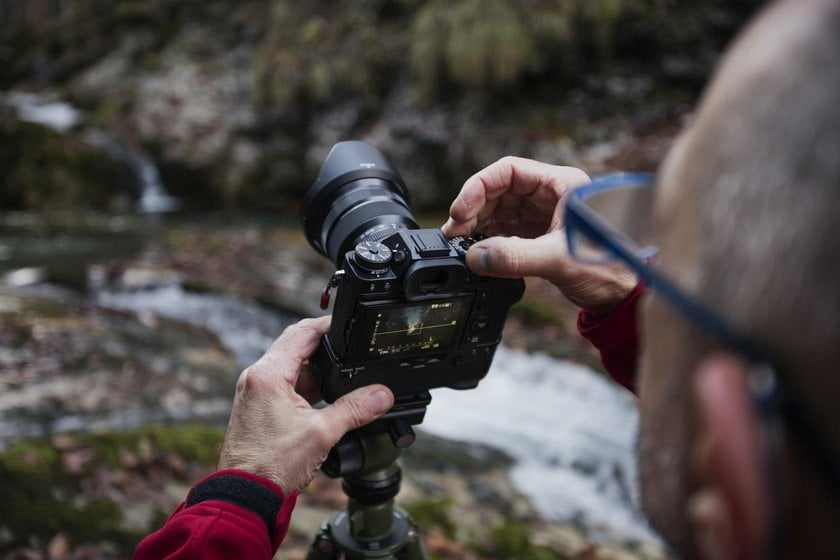 The aperture setting determines the size of the lens aperture through which light enters the camera. On most lenses, you can adjust the aperture - the size of the aperture is indicated by the number f (the relative aperture of the lens), or f-stops, as they are also called. The f-stops on most portrait lenses range from f/1.4 to f/22 but can be larger or smaller. The smaller the f-number, the larger the open aperture, and vice versa. An aperture of f/22 is a tiny aperture that lets the least amount of light into the frame, while f/2.8 is a relatively open aperture that lets in more light. The main trick in photography is to balance ISO sensitivity, shutter speed, and the amount of light passing through the aperture so that the image is well exposed - neither too dark nor too light.
The aperture setting determines the size of the lens aperture through which light enters the camera. On most lenses, you can adjust the aperture - the size of the aperture is indicated by the number f (the relative aperture of the lens), or f-stops, as they are also called. The f-stops on most portrait lenses range from f/1.4 to f/22 but can be larger or smaller. The smaller the f-number, the larger the open aperture, and vice versa. An aperture of f/22 is a tiny aperture that lets the least amount of light into the frame, while f/2.8 is a relatively open aperture that lets in more light. The main trick in photography is to balance ISO sensitivity, shutter speed, and the amount of light passing through the aperture so that the image is well exposed - neither too dark nor too light.
But the aperture in a camera for portrait photography also provides another function that is especially important for portraits. The aperture size determines the depth of field (DOF), or simply the depth of field, and describes how much of your image, from the background to the foreground, is in focus. An image with a large depth of field will be in focus from the foreground to the background, while an image with a shallow depth of field will only be in focus at a certain point in the frame.
Setting the aperture to get the picture you want is extremely important for portraits. For a portrait in an environment where the background and physical space around the person is important for understanding their character (or profession, for example), you should use an aperture setting of at least f/5.6 so that most elements of the composition are in focus.
When you want your subject's eyes in focus and everything else gently blurred (for bokeh), set the aperture to f/2.8 or lower if the lens allows you. To keep it as simple as possible, an open aperture is generally considered a setting favorable for creating beautiful portraits.
After setting the aperture, you can set the ISO and shutter speed. Most mirrorless cameras for portraits have built-in exposure meters, but photographers sometimes use a manual exposure meter to better measure light and determine these settings.
Lenses
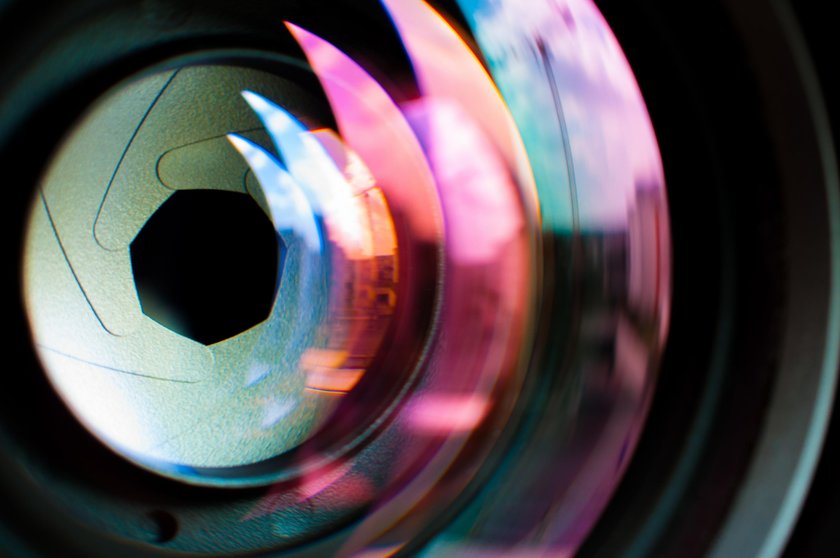 Certain lenses are commonly referred to as portrait lenses because they are best suited for the task at hand, but as with cameras, many great portraits have been made with other types of lenses, from wide-angle to telephoto. And, of course, "portrait" lenses can also be used not only for portraits but also for other genres of photography.
Certain lenses are commonly referred to as portrait lenses because they are best suited for the task at hand, but as with cameras, many great portraits have been made with other types of lenses, from wide-angle to telephoto. And, of course, "portrait" lenses can also be used not only for portraits but also for other genres of photography.
Focal length is the most common way to describe and classify lenses:
- Long focal length lenses in cameras for portraits are lenses with focal lengths from 85mm to 600mm (telephoto/telephoto lenses).
- Lenses with short focal lengths between 8mm (fisheye) and 35mm are called wide-angle lenses.
- The intermediate range between these from 40mm to 70mm is usually referred to as normal focal length (although there is some disagreement on definitions).
Normal as well as near telephoto lenses, particularly those from 85mm to 105mm, are usually used for portraits. Whether you use a zoom lens, which has a range of focal lengths, or a fixed focal length lens (called a fixed lens), this is the focal length set that is considered optimal for capturing faces and portraits. An important reason why wide-angle lenses are not suitable for portrait cameras is that they create distortions that your model is unlikely to like: the nose will appear too big, the eyes wide open, and the overall shape of the face may look odd, especially if you shoot from the side. That's not to say you can't take portraits with that distortion - sometimes it even helps convey the character better, but that's more of an exception.
With long telephoto lenses on the other hand the picture is compressed, so the foreground and background seem unnaturally close. It might be a plus for portrait photographers, but it's better not to overdo it. Another reason to avoid long telephoto lenses in professional cameras for portraits is entirely practical. If you don't stand at a long enough distance, you won't be able to get the focus or even get everything you need in the frame.
Improve your portraits with Luminar Neo!
You can perfect your portraits with the powerful Luminar Neo photo editor. Even a novice photographer will find it easy to get the hang of it because its interface is extremely user-friendly and not overloaded with unnecessary tools. In addition, it can be used as a standalone application or as a plug-in for Photoshop or Lightroom.
In conclusion
Creating interesting and creative portraits is more than just making the right camera settings. The placement and control of lighting, the use of shadows and contrast, location, and model manipulation are all important, which we'll discuss in our other materials.
However, if you shoot with a full-frame camera in natural light, you can rely on the following basic settings: 85mm focal length, f/2 aperture, ISO 100, and an appropriate shutter speed which maintains the overall exposure of the image so the picture won't be too dark or too light. Following the criteria in our guide, you will be able to choose the best for your requirements to portrait photography cameras.





